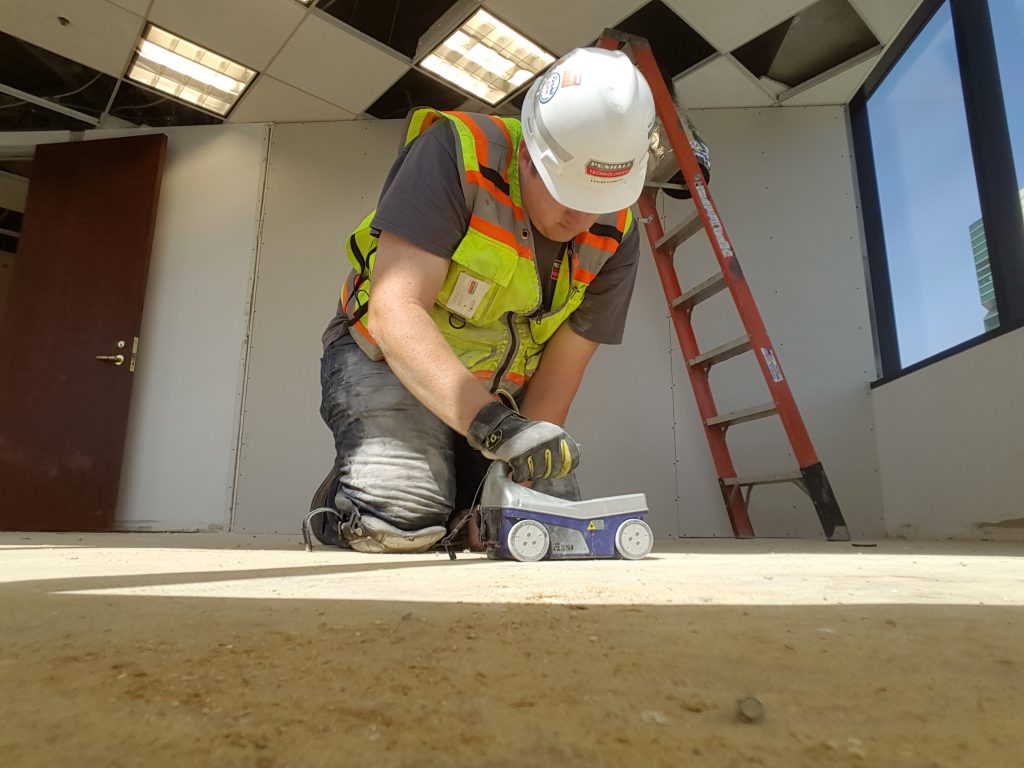RainierGPR Service Areas: Comprehensive Protection for Concrete Scanning
Concrete Scanning: An Essential Action Towards Ensuring Structural Honesty and Safety
In the realm of building and construction and framework maintenance, the significance of concrete scanning can not be overemphasized. This meticulous process holds the key to unveiling prospective hazards concealed beneath the surface of relatively strong structures. By employing innovative modern technology and methodologies, concrete scanning works as a crucial tool in making certain that the integrity and security of structures and bridges are maintained to the highest requirements. However, beyond its surface-level ramifications, the role of concrete scanning extends far much deeper than satisfies the eye.
Importance of Concrete Scanning
Concrete scanning plays an important function in making sure the structural integrity and safety of buildings and facilities projects. By using sophisticated modern technologies such as ground-penetrating radar (GPR) and electro-magnetic induction, professionals can non-destructively check concrete frameworks to discover prospective defects, spaces, ingrained things, and reinforcement format. This process makes it possible for early detection of abnormalities that might endanger the stability of a structure, stopping expensive problems and guaranteeing the security of owners.
Concrete scanning is specifically essential throughout the planning and building phases of a task. Before boring, cutting, or coring right into concrete, scanning aids determine the specific locations of rebar, post-tension wires, and other embedded components, lowering the threat of unexpected hits that might lead to structural weak points. In addition, concrete scanning help in quality assurance by verifying the density of concrete covers and identifying any inconsistencies that may impact the overall longevity of the structure. Ultimately, spending in concrete scanning solutions is not only a positive action to alleviate dangers however additionally a fundamental action in the direction of preserving the long-lasting safety and stability of buildings and infrastructure.
Technology for Concrete Inspection

Advantages of Very Early Discovery
Prompt discovery of architectural problems can significantly reduce dangers and make certain the long life of building and construction jobs. By determining prospective troubles early on in the building process, stakeholders can take positive procedures to attend to problems prior to they intensify right into larger and much more pricey problems. Among the essential advantages of early detection is the avoidance of architectural failures, which can present severe security threats and result in project delays and financial losses.
Moreover, early detection allows for prompt repair services and upkeep, which can help prolong the life expectancy of the structure. By addressing concerns immediately, construction teams can stay clear of expensive repairs and even the demand for premature replacement of like this structural parts. This aggressive strategy not just saves money and time yet additionally boosts the overall safety and security and toughness of the building and construction project.
Furthermore, very early detection can improve task planning and decision-making by providing stakeholders with valuable understandings right into the condition of the framework. Armed with this information, task managers can make enlightened choices concerning construction approaches, timelines, and materials, causing more successful and efficient task outcomes.
Making Sure Architectural Stability
Making certain the structural security of a construction job is extremely important to its safety and security and longevity. Architectural security describes the ability of a building or framework to preserve its form and feature under numerous lots and environmental conditions. To accomplish this, thorough assessment and surveillance of the structure are necessary. Concrete scanning plays an essential function in guaranteeing architectural stability by discovering prospective concerns such as voids, delamination, or reinforcement rust that might jeopardize the stability of the framework over time.
By using sophisticated scanning modern technologies like ground-penetrating radar (GPR) and electro-magnetic induction, building experts can non-invasively evaluate concrete frameworks to recognize locations of issue beneath the surface area. This aggressive strategy enables the early detection of weak points or flaws, allowing prompt repairs or reinforcement to stop architectural failures.
Regular concrete scanning throughout from this source various building and construction stages and throughout the life process of a structure can assist keep its security, alleviate risks, and guarantee the safety and security of passengers. By prioritizing architectural stability via concrete scanning, construction jobs can enhance their strength and durability, eventually contributing to better security and longevity.
Stopping Crucial Failures
To safeguard against catastrophic events, meticulous surveillance and positive upkeep are essential in avoiding vital failings within architectural structures. Discovering possible issues prior to they rise is vital to avoiding architectural failings. Carrying out regular examinations, such as concrete scanning, can disclose covert problems like spaces, splits, or deterioration that could jeopardize the honesty of a structure. By using sophisticated scanning modern technologies like Ground Permeating Radar (GPR) or Concrete X-ray, engineers can non-destructively examine the condition of concrete and identify weak factors that call for support or repair work - RainierGPR Service Areas.
Conclusion
In conclusion, concrete scanning plays an important function in making certain architectural honesty and safety and security by making use of innovative technology for early discovery of possible concerns. This positive technique helps prevent vital failures and makes certain the security of frameworks. It is necessary to prioritize concrete inspection as a standard practice to secure the long life and safety and security of buildings and infrastructure.
Concrete scanning plays a vital function in making certain the architectural integrity and safety and security of buildings and infrastructure jobs. In addition, concrete scanning aids in quality control by validating the thickness of concrete covers and spotting any discrepancies that might impact the overall durability of the framework. Concrete scanning plays a critical duty in making sure structural security by spotting possible issues such as spaces, delamination, or reinforcement deterioration that might endanger the stability of the structure over time.

In final thought, concrete scanning plays a crucial function in making sure architectural honesty and security by making use of advanced innovation for very early discovery of prospective problems.